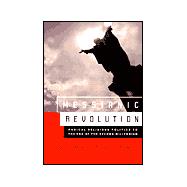David S. Katz and Richard H. Popkin show how the beliefs of many fringe, distressed, and disenfranchised Christians have been transmitted across a millennium. They offer lucid explanations of why and how this apocalyptic strain found especially fertile ground in the New World, and throw new light on the many strands of Jewish and Christian biblical interpretation woven into this complex, fascinating history.








